 "ttyymmnn" (ttyymmnn)
"ttyymmnn" (ttyymmnn)
06/23/2015 at 11:05 • Filed to: planelopniik, planelopnik history
 5
5
 7
7
 "ttyymmnn" (ttyymmnn)
"ttyymmnn" (ttyymmnn)
06/23/2015 at 11:05 • Filed to: planelopniik, planelopnik history |  5 5
|  7 7 |
This is today’s Aviation History Speed Round , getting you caught up on milestones and important historical events in aviation from June 20 through June 23.
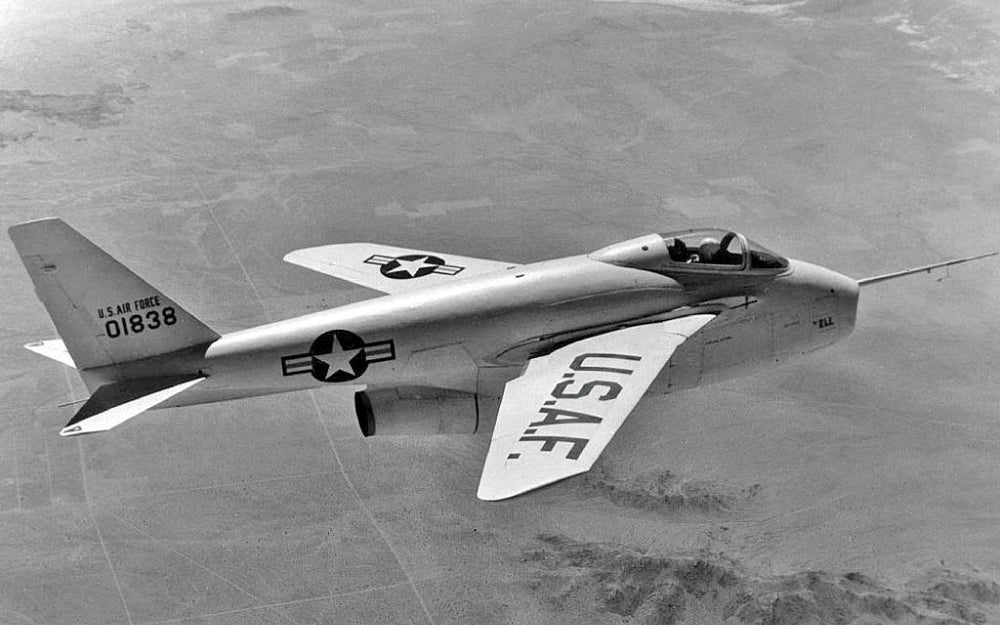
June 20, 1951 – The first flight of the Bell X-5. As WWII drew to a close and the Allies captured more and more German territory, they also found troves of technological data that the German aviation industry had collected, as well as experimental aircraft that were, in many ways, far ahead of anything the Allies were producing at the time. One of those aircraft was the Messerschmitt P.1101, a jet fighter designed near the end of the war as a last ditch defense against Allied bombing that featured aviation’s first variable sweep wing. While the wing sweep could not be changed in flight, it provided the inspiration to engineers at Bell Aircraft, who used the idea in the production of their experimental X-5, the world’s first aircraft capable of changing the sweep of its wings in flight. The X-5 wings could be positioned at three set angles, and a full sweep of the wings could be accomplished in 30 seconds. However, the aircraft was so unstable that the second prototype was lost in a crash, along with its test pilot. While the X-5 was ultimately a failure, swing-wing technology would be used successfully on later production aircraft such as the General Dynamics F-111, the Grumman F-14 Tomcat, the MiG 23, the Panavia Tornado and the Rockwell B-1 Lancer bomber.
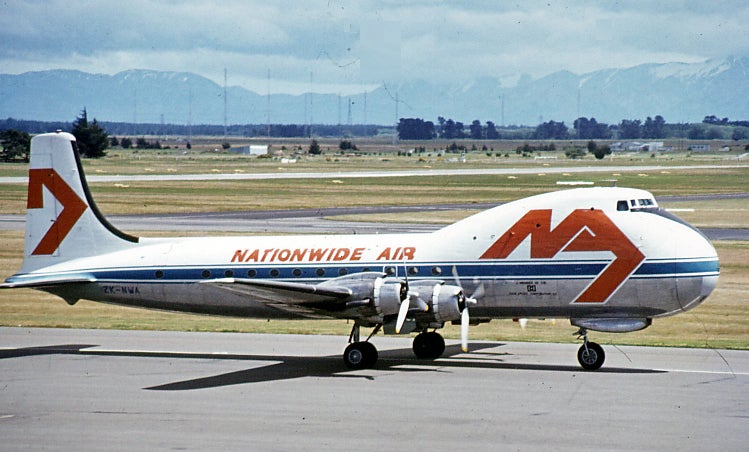
June 21, 1961 – The first flight of the Aviation Traders Carvair. Freddie Laker was an aviation entrepreneur who owned several airlines in his life, and has been credited with creating the concept of the low-cost, no-frills airline. One of his earliest business ventures was a company he called Aviation Traders, which he founded in 1947 to trade in war-surplus aircraft and spares, as well as converting surplus bombers into passenger and freight planes. His business concept was to cater to people who wanted to take their cars with them on holiday, so Laker took surplus Douglas DC-4/C-54 aircraft and converted them to passenger/car carriers by placing the flight deck in a raised section above the main fuselage, similar to what we see in the modern 747, and providing room for five cars and twenty-two passengers, or three cars and fifty-passengers. The flexible design of the Carvair meant that the configuration could be changed on the ground between flights in as little as 40 minutes. A total of twenty-one DC-4s were converted and flown by various airlines in Europe, and Laker eventually sold Aviation Traders in 1958 to move into the aviation charter business. Of the aircraft built, one remains in service, based in Denton, TX, and set a record when it carried 80 skydivers aloft in 2005. (Photo by Phillip Capper via !!!error: Indecipherable SUB-paragraph formatting!!! )
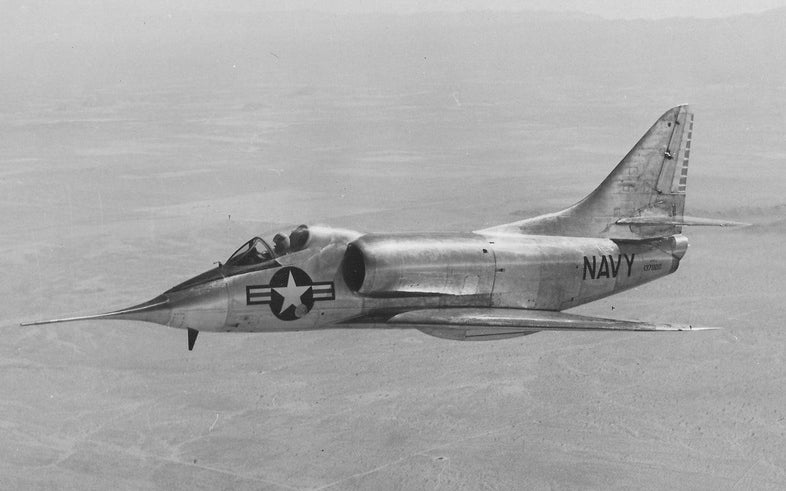
June 22, 1954 – The first flight of the Douglas A-4 Skyhawk. By 1950, the Navy started looking for an attack aircraft to replace the Douglas A-1 Skyraider, and though they initially went looking for a turboprop powered aircraft, Ed Heinemann at Douglas instead proposed the Skyhawk. While military aircraft had been steadily getting larger, heavier and more complex, Heinemann’s Skyhawk was small, light and simple, so small, in fact, that its wings did not need to be folded for carrier storage. The A-4 first saw combat with the US Navy during the Vietnam War, launching air raids on North Vietnam on August 4, 1964 (and serving alongside the Skyraider it was meant to replace). Skyhawks also found distinction with the Israeli Air Force in the Yom Kippur War and the Argentine Air Force in the Falklands War. After the Skyhawk was retired from fleet duty, it found a new lease on life as an adversary aircraft at the Navy’s Fighter Weapons School (“Top Gun”). The A-4 was chosen as the bandit aircraft because of its small size, maneuverability and smokeless trail, similar to a MiG-17. It served in this aggressor role until 1999. The Blue Angels flew the Skyhawk until 1986. Nearly 3000 Skyhawks were produced, and the type was formally retired in 2003.
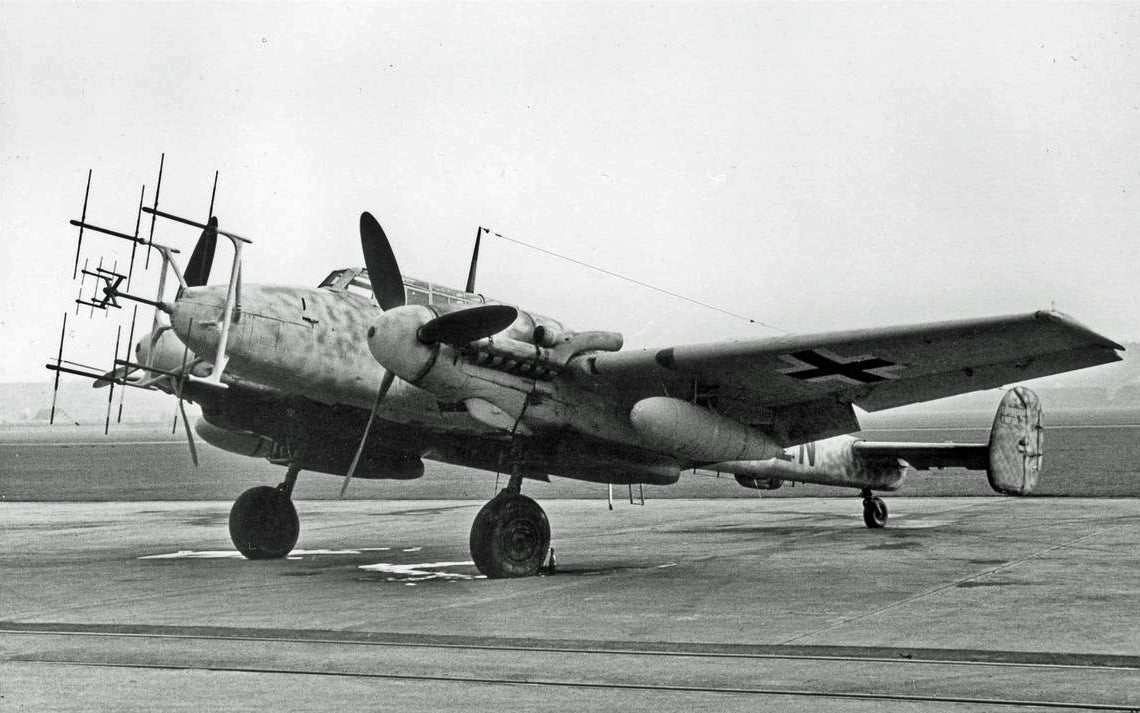
June 22, 1940 – The formation of Nachtjagdgeschwader 1, Germany’s first specialized night fighter force. In the early days of WWII, nighttime bombing raids over Germany were the bailiwick of the British, the the Luftwaffe was hard pressed to deal with them. To defend against the bombers, the Germans developed a ground radar system which the Allies called Kammhuber Line, that detected incoming bombers and directed orbiting night fighters to intercept them. The Germans followed the success of the radar system by creating the first special unit to deal with the attacks. But soon, a shift in British tactics rendered this system much less effective, and the Luftwaffe realized the need for each attacking night fighter to have its own radar set. In early 1942, the night fighters, mostly Messerschmitt 110s and Junkers 88s, began receiving Lichtenstein radar units which provided the pilots with location information for single bombers in the dark of night. This system proved extremely effective, and by the end of the war NJG 1 was the most successful night fighter unit, claiming over 2300 victories in both day and night action. Even with the effectiveness of the Lichtenstein radar, the Allies still developed ways to counter it, mostly simply by the deployment of aluminum chaff that confused the radars and hid the bombers. The Allies also found a way to jam the radar when a wayward Ju-88 landed in England and its radar set was captured.
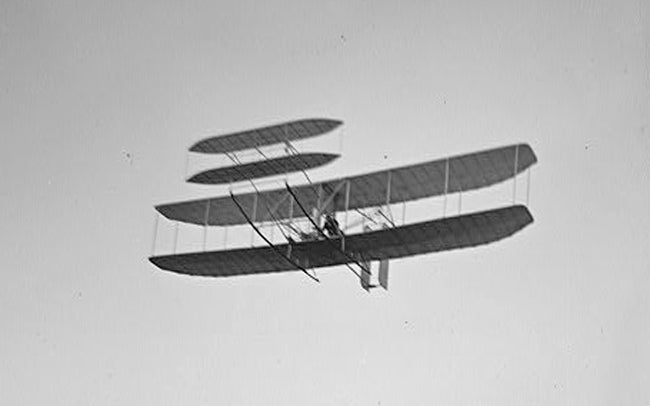
June 23, 1905 – The first flight of the Wright Flyer III. After their first successful powered flight at Kitty Hawk, North Carolina in 1903, the Wright Brothers continued to improve their aircraft. Rather than continue to incur the costs of moving materiel to North Carolina, the brothers returned to their native Ohio to continue experiments, and soon the Wright Flyer II was undergoing tests in an Ohio pasture. The aircraft suffered from the same control issues that plagued the first Flyer, but those problems were somewhat solved in the second aircraft, and in 1904 Wilbur flew the first complete, controlled circle in a heavier-than-air, powered aircraft. But there was still more work to be done. Though the third iteration of the Flyer initially showed the same control problems as the first two, Orville and Wilbur now enlarged the forward elevator and rear rudder, and moved them further out from the wings. They also created a separate control for the rudder, separating it from the wing-warping system on the earler Flyers. This gave the aircraft independent control of the three axes of flight: pitch, roll, and yaw. With the improvements in control and stability, the brothers could now achieve flights of up to 38 minutes and 24 miles. Four days after their longest flight, the Wright Brothers offered to sell their aircraft to the US military, which the US finally purchased in 1909.
Short Take Off
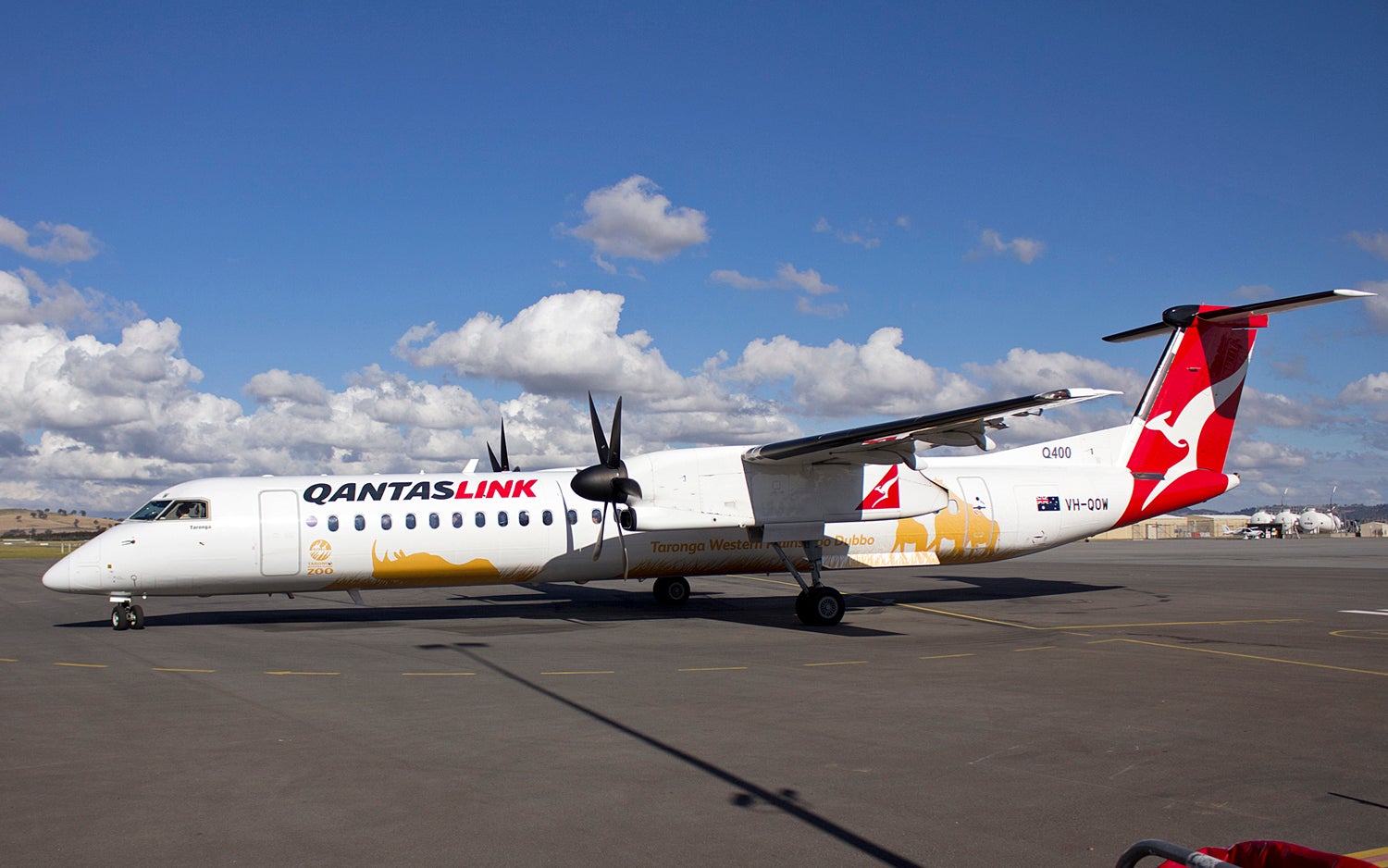
June 20, 1983 – The first flight of the Bombardier Dash 8
. Produced in various configurations, over 1000 Dash 8s have been built.
(Photo by Bidgee via
!!!error: Indecipherable SUB-paragraph formatting!!!
)
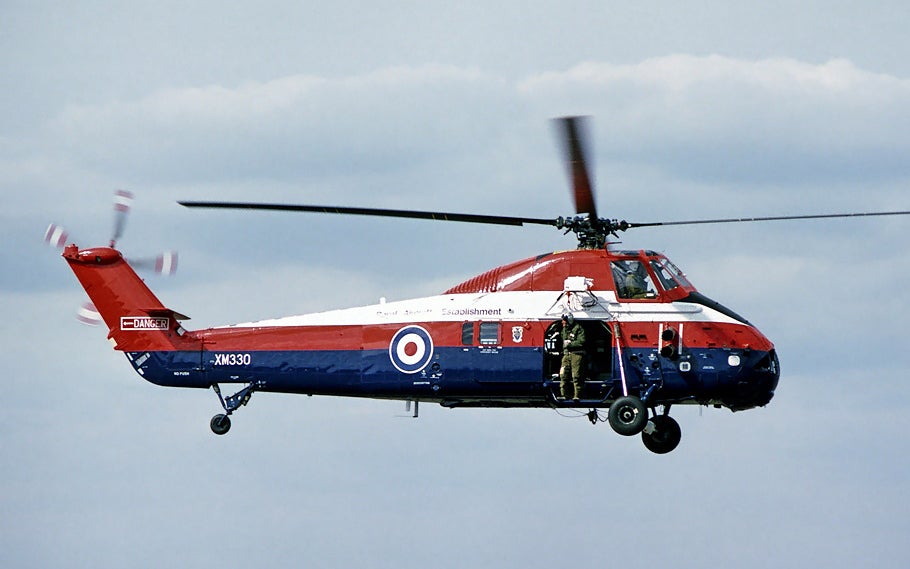
June 20, 1958 – The first flight of the Westland Wessex.
Developed from the Sikorsky H-34, the Wessex replaced the piston engine of the Sikorsky H-34 with a turboshaft engine, becoming the first helicopter to be powered by a gas turbine engine.
(Photo by Steve Fitzgerald via
!!!error: Indecipherable SUB-paragraph formatting!!!
)
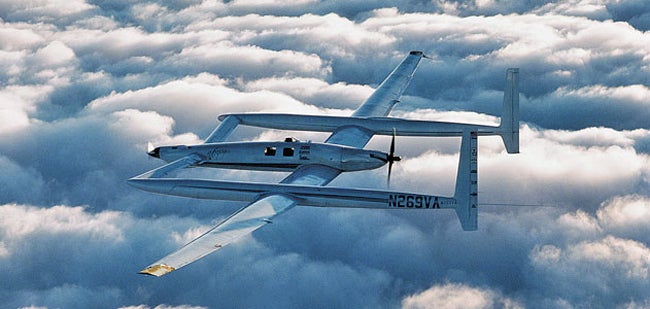
June 22, 1984 – The first flight of the Rutan Model 76 Voyager , the first aircraft to fly successfully around the world nonstop.
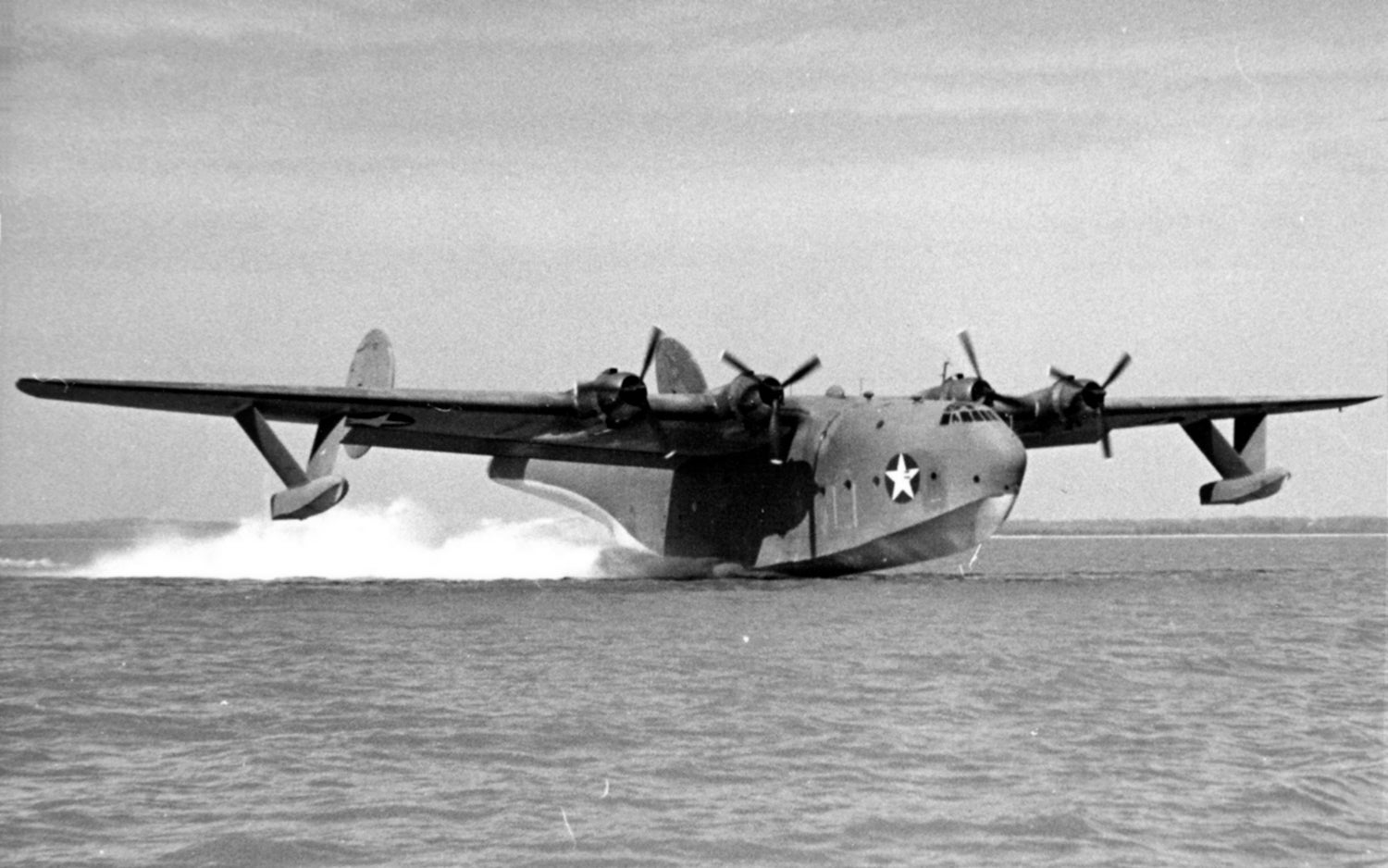
June 23, 1942 – The first flight of the Martin JRM Mars. The largest flying boat produced by the Allies in WWII, only seven were built, and they ended their careers as water-bombing firefighters.
••••••••••••••••••••••••••••
If you enjoy these Aviation History posts, please let me know in the comments. And if you missed any of the past articles, you can find them all at !!!error: Indecipherable SUB-paragraph formatting!!! .
All photos are Public Domain or taken by the author unless otherwise credited.
 McMike
> ttyymmnn
McMike
> ttyymmnn
06/23/2015 at 11:13 |
|
I love these.
 ttyymmnn
> McMike
ttyymmnn
> McMike
06/23/2015 at 11:14 |
|
Thanks!
 Brian, The Life of
> ttyymmnn
Brian, The Life of
> ttyymmnn
06/23/2015 at 11:23 |
|
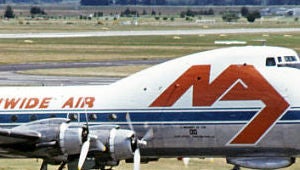
Wow! I’ve never heard of this airplane before. Super neat! Looks like the 747’s inbred country cousin.
 ttyymmnn
> Brian, The Life of
ttyymmnn
> Brian, The Life of
06/23/2015 at 11:41 |
|
Jayhawk Jake wrote about it on Oppo last year. And there may have been an article on Jalopnik, but I can’t find it.
http://oppositelock.kinja.com/jayhawk-jakes-…
 The Powershift in Steve's '12 Ford Focus killed it's TCM (under warranty!)
> ttyymmnn
The Powershift in Steve's '12 Ford Focus killed it's TCM (under warranty!)
> ttyymmnn
06/23/2015 at 15:00 |
|
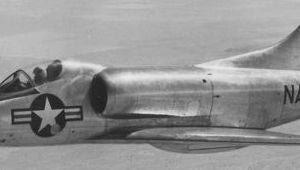
The Miata of bomb trucks.
 user314
> ttyymmnn
user314
> ttyymmnn
06/23/2015 at 20:19 |
|
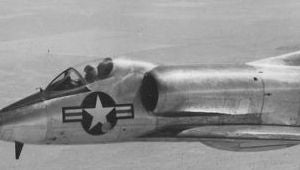
I wonder what Heinemann would have thought of what 40+ years of mods and upgrades did to the A-4?
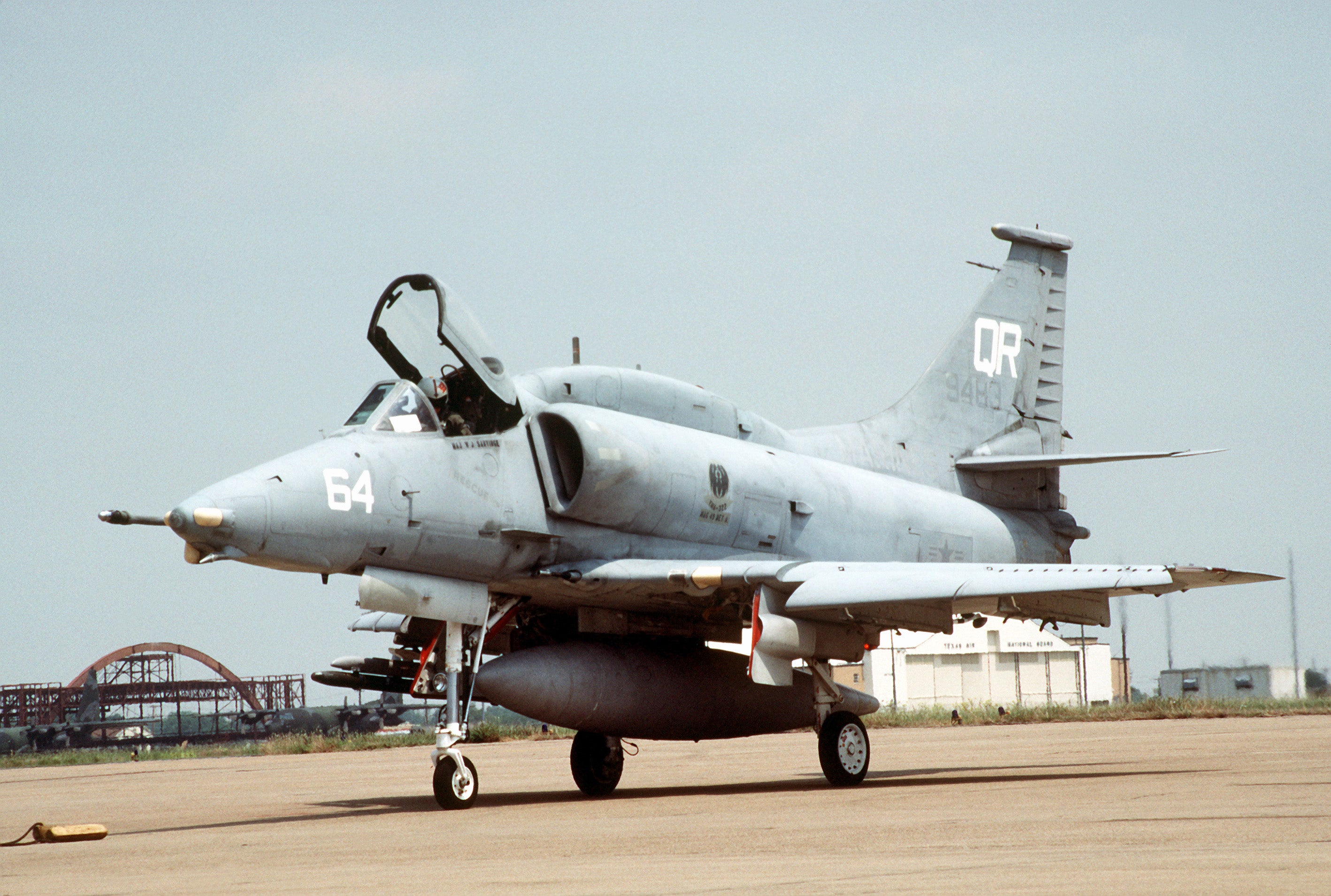
 ttyymmnn
> user314
ttyymmnn
> user314
06/23/2015 at 20:36 |
|
I imagine that he would be thrilled to know that his little fighter lasted as long as it did and was as upgradeable as it was. But he probably knew all about it: he died in 1991.